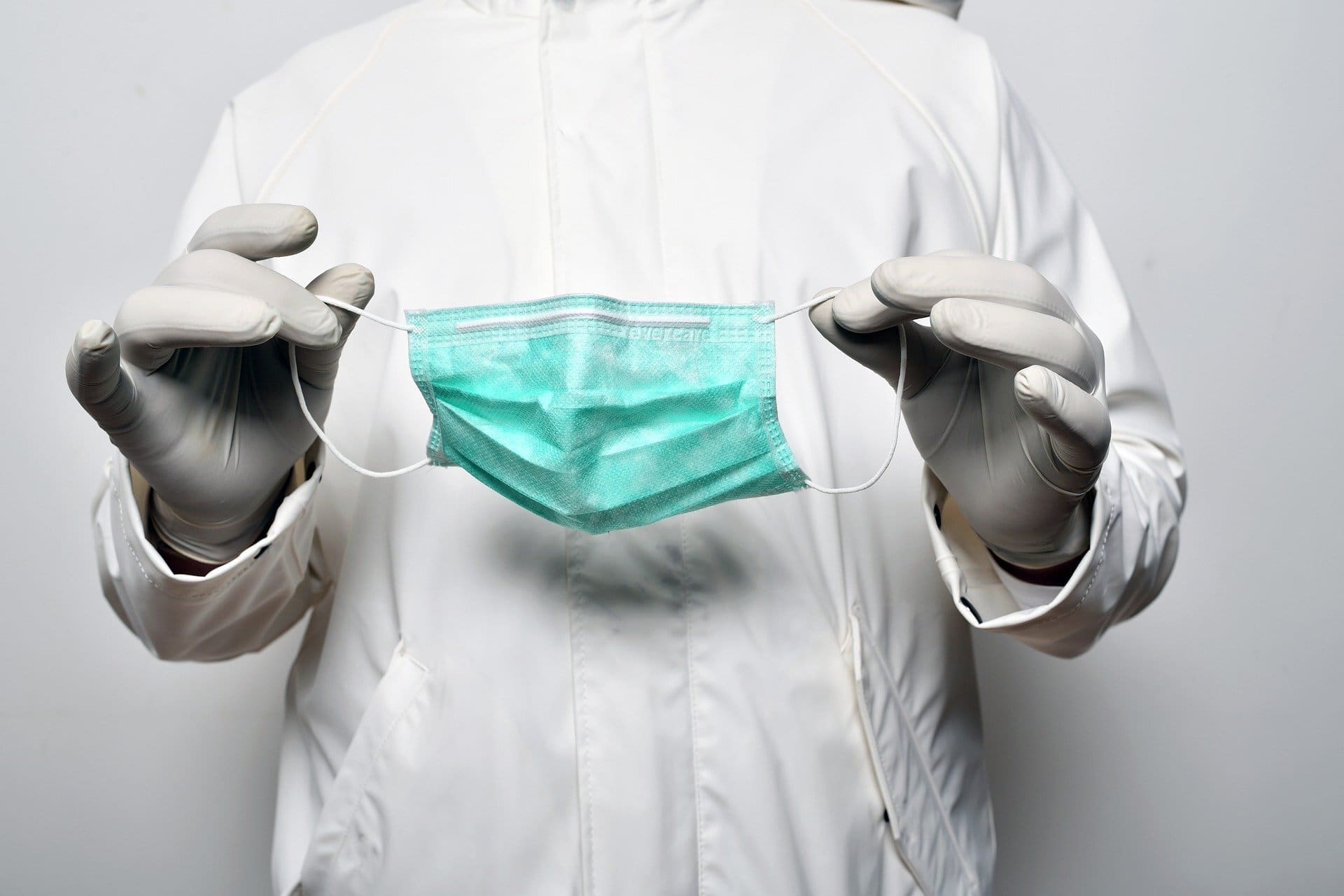As the number of people making their own reusable fabric face masks continues to grow, a University of Otago fibre and textile sciences specialist has produced guidance on the best materials to use.
Prof Raechel Laing said the Ministry of Health suggested a few masks were needed for each member of a household and some form of face covering was “better than nothing” when in public. Based on present knowledge and guidelines from the World Health Organisation, she has made a list of material types that would be best for making reusable cloth face masks.
“Three layers of fabric are typically required for this type of mask, depending on both the fabric used and whether or not the mask design provides for an insert filter.”
Prof Laing said the inner layer was in contact with the face, so soft and absorbent material would be best. She suggested the middle layer should be either a filter or a non-woven structure made from a melt-blown or needle-punched material. The third layer was exposed to the environment, so it needed to limit external contamination.That could be done by using a layer of hydrophobic material (a closely woven structure) such as polyester, polyamide/blends, and cotton.
“While coating fabric for an outer layer, or using a ‘sprayproof’ coated fabric, enhances barrier resistance, this tends to block interstitial spaces in the fabric and … adversely affects ease of breathing.
“Unfiltered air from the wearer may be released via the sides of the mask during exhalation. Coating is therefore, not recommended.Use of elastic materials or very porous knit structures, is not advised because these stretch during use, increasing interstitial spaces and thus reducing filtration efficacy.”

